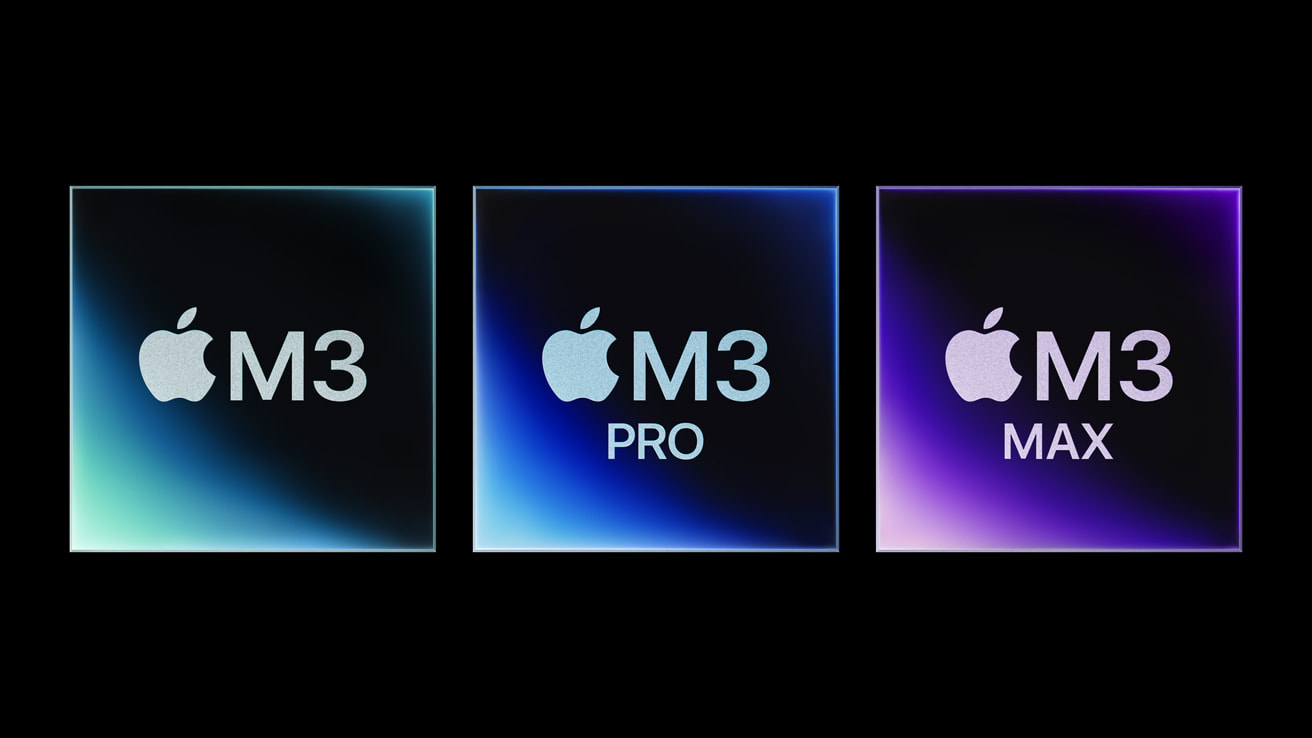In the world of tech reviews the Apple M3 iMac 24-inch
the ever-revolving door of machines can be a testing endeavor. The true examination of a product hinges on its seamless integration into the daily grind. In a recent venture, I decided to replace my trusty Mac Studio and the spacious 27-inch Studio Display with the new 24-inch iMac. This shift not only emphasized the versatility of all-in-one systems but also opened up precious desk space without sacrificing performance.
Back in 2021, Apple ushered in a substantial transformation for the iMac. With the introduction of the revolutionary M1 chip and a complete design facelift, it marked a significant leap. While drawing direct parallels with the previous Intel-based iMacs is tricky due to the varied sizing, Apple succeeded in trimming down the dimensions noticeably. The 2021 24-inch model’s svelte 5.8-inch profile easily outshines the 2020 21.5-inch model’s 6.9-inch thickness. Furthermore, the weight has been reduced to a mere 9.8 pounds compared to the 21.5-inch’s 12.1 pounds.
In terms of design, the iMac retains its iconic compact form and continues to offer a vibrant spectrum of colors, including blue, green, red, silver, yellow, orange, and purple. My most recent unboxing unveiled the blue variant, a refreshing departure from the yellow model I had encountered earlier. The subtle light powder blue bezel, matched with discreet blue accents on the metal stand and keyboard, delivers an endearing and charming visual appeal.
Apple has unequivocally clarified that there won’t be a 27-inch version of this iMac, despite the swirling speculations. Their stance is concise: the 24-inch iMac meets the compact all-in-one needs, and if you desire a larger, more potent setup, the Mac Studio accompanied by the 27-inch Studio Display fits the bill.
The 24-inch iMac occupies the middle ground, bridging the gap between the 21.5-inch and 27-inch Intel-based models. The 4.5K Retina display, with its 4480 x 2520 resolution at 218 ppi, strikes a balance between the 4K and 5K options available on the Intel models. The display, much like the rest of the system, consistently delivers a peak brightness of 500 nits.
What sets this 24-inch iMac apart is its M3 chip, Apple’s inaugural leap into the 3nm process using TSMC technology. This move follows the path paved by the iPhone 15 Pro, breaking free from the 5nm process that had served Apple since the debut of the M1 chip in 2020. This shift signifies a substantial stride forward, offering augmented performance while maintaining power efficiency—a landmark achievement in desktop technology.
It’s crucial to discern that the 24-inch iMac is exclusively available with the base-level M3 chip. In contrast, the newly launched 14-inch and 16-inch MacBook Pros offer M3 Pro and M3 Max options. For those in search of a brawny desktop setup, the choice of this year’s Mac Studio with M2 Max or Ultra, or the impending Mac Studio with M3 Max and M3 Ultra next year, awaits. Alternatively, the opulent Mac Pro remains an option for those unburdened by budget constraints. In the realm of Apple’s offerings, the iMac fits the role of the MacBook Air, while the Mac Studio dons the mantle of the MacBook Pro.

The numerical appendage following the “M” in these chips isn’t synonymous with superior performance. While the M3 ushers in noticeable improvements over the M2, the M2 Pro, Max, and Ultra editions consistently outperform the standard M3 across most performance metrics. However, the M3 introduces exclusive features such as hardware-accelerated ray tracing and mesh shading, setting it apart.
Taking a closer look at the specifications, the M3 is equipped with an 8-core CPU, 8-core GPU, and 8GB of memory, with options to expand to a 10-core GPU and 24GB of memory. In contrast, the M2 Pro offers a 12-core CPU and a 19-core GPU, while the Max variant includes a 38-core GPU and up to 96GB of memory. The M2 Ultra, in essence, amalgamates two Max chips, boasting a 24-core CPU, a 76-core GPU, and memory expandable up to 192GB, not to mention the superior heat dissipation capacities of the Mac Studio and Mac Pro.
In conclusion, the 2023 24-inch iMac with the M3 chip, while undoubtedly impressive, may not justify an upgrade from the 2021 model for existing users. Nevertheless, it stands as an exceptional choice for those seeking to replace an aging system or acquire a compact, efficient computer tailored for dorm rooms, cubicles, or spatially restricted apartments. Within Apple’s product spectrum, it strikes a balance between performance and accessibility, catering to a diverse array of users.








